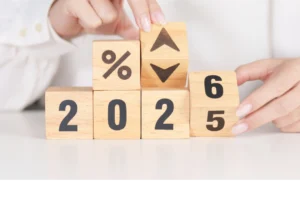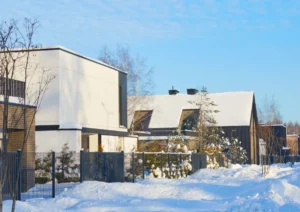As Demand Slows, Supply is Key to Multifamily Rent
Rent growth is being driven by new units, and those multifamily rents are tied to supply as demand slows, says Yardi Matrix in its July report.
Also, demand is being driven by a strong job market as the economy continued to add jobs in the first half of 2023.
“While we still expect the economy to cool in coming quarters, the fact that second-quarter job and GDP numbers were strong while inflation recedes has confounded the economic consensus. As long as that continues, consumer balance sheets will stay strong and apartment demand is likely to be firm,” the report says.
 A few highlights:
A few highlights:
- The multifamily market exhibited strength in July, as the economy continues to outperform expectations. The average U.S. asking rent rose $2 to $1,729, while year-over-year growth fell to 1.6 percent, down 30 basis points from June.
- After dominating the rent-growth rankings for several years, Sun Belt metros have come back to the pack. The Sun Belt market with the highest year-over-year growth rate is Richmond, which ranks ninth among Yardi Matrix’s top 30 metros (a list that was recently updated).
- Single-family rents were unchanged in July at $2,108, although they remained at an all-time high thanks to robust occupancy rates. Year-over-year, national SFR rent growth fell 20 basis points to 1.2percent.
Lifestyle rents vs renter-by-necessity
The makeup of rent growth attests to the significant growth in supply, as new deliveries are almost all lifestyle-segment units and add to the competition in that class.
Asking rent growth in July was concentrated in the renter-by-necessity segment, which increased by 0.2 percent while lifestyle rents were flat. Rents increased in 19 of the top 30 Matrix metros for renter-by-necessity, but only in 13 for lifestyle.
Renewal rent growth remains high
“Renewal rent growth remains stubbornly high, a sign of the large gap that grew between existing residents and asking rents over the past two years,” Yardi Matrix writes in the report.
National lease-renewal rates were 59.4 percent in May, down from 64.4 percent in April.

Regulatory focus on multifamily
“The unprecedented rapid growth in rents over the last few years has put a bullseye on the multifamily industry with policymakers across the country, with mixed results,” the report says.
Some examples:
- The rapid growth in multifamily rents has increased policymakers’ scrutiny of the industry.
- Some legislative efforts—including rent controls and fee regulations—add to the costs of owning apartments.
- A more productive response is embodied in the Biden administration’s plan to incentivize and fund affordable supply.
Source: Rental Housing Journal
Free Rental Application
Get 20 Rental Forms for FREE, including a rental application.













 Accessibility
Accessibility